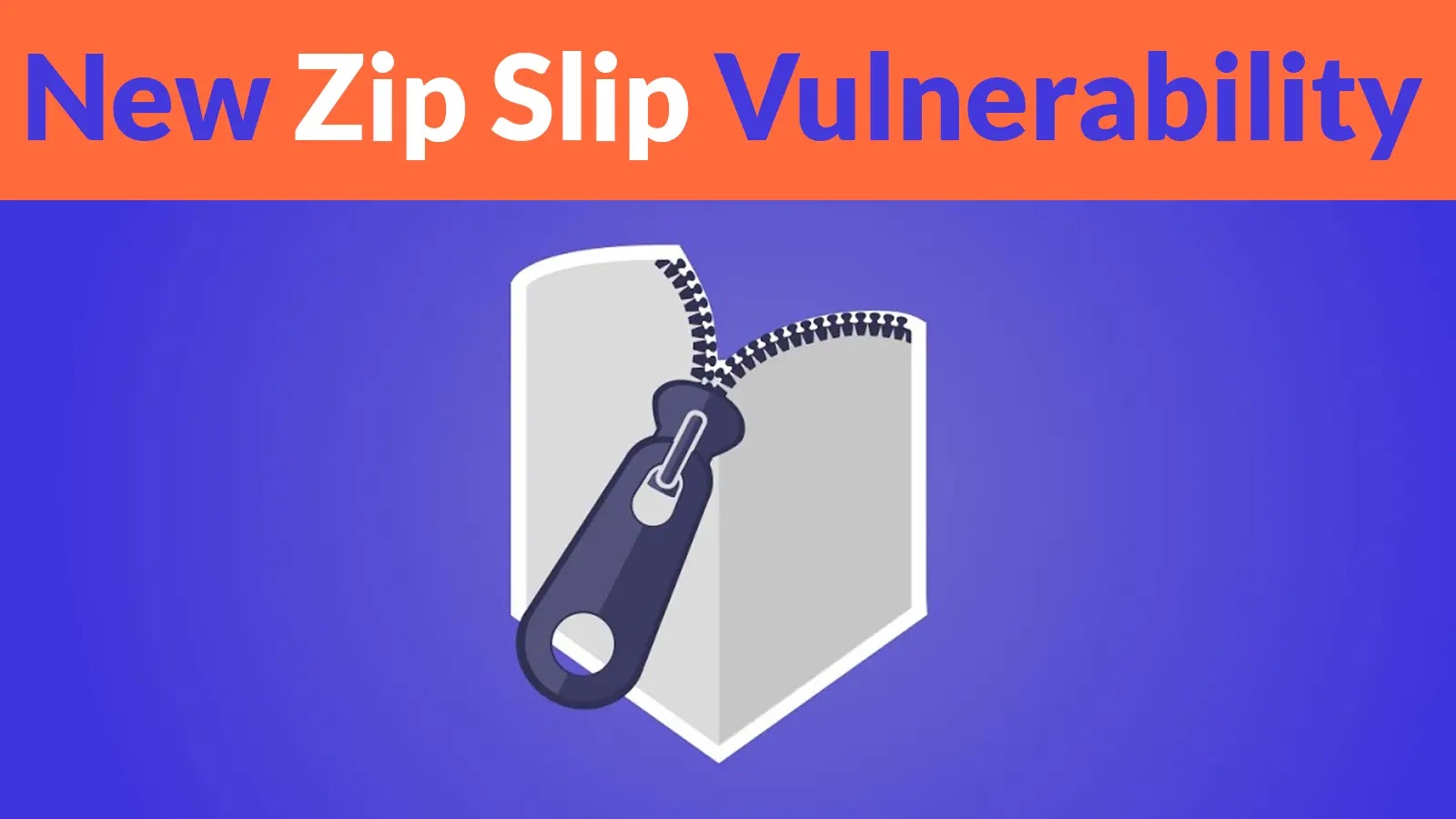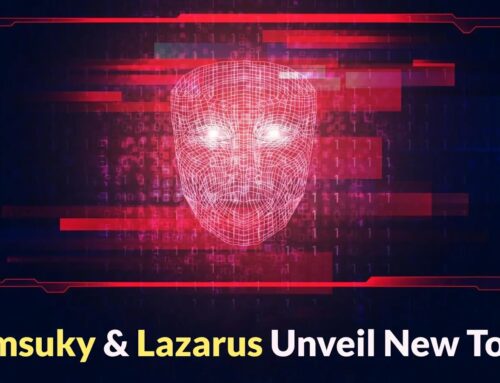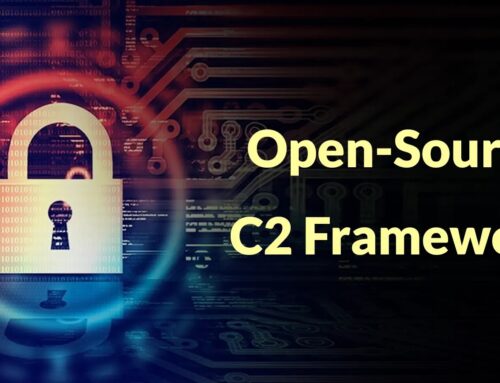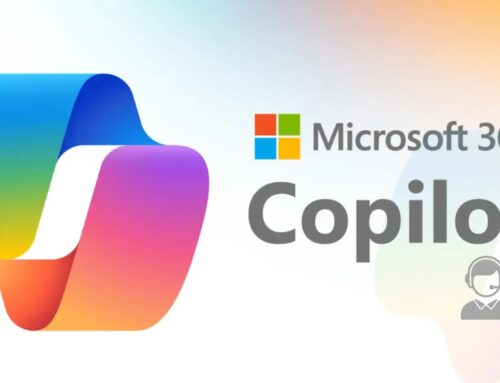
New Zip Slip Vulnerability Allows Attackers to Manipulate ZIP Files During Decompression
Unpacking the Threat: New Zip Slip Vulnerability Emerges
The seemingly innocuous act of decompressing a ZIP file can, under certain conditions, open a dangerous door for attackers. A critical new variant of the Zip Slip vulnerability has been observed, allowing threat actors to manipulate file extraction processes and write malicious content to unintended locations on a system. This path traversal flaw, leveraging specially crafted archive files, poses a significant risk to systems relying on common decompression utilities.
For IT professionals, security analysts, and developers, understanding the mechanics of this renewed threat is paramount. It highlights the persistent challenge of input validation and the need for robust security practices even in seemingly benign file operations.
Understanding the Zip Slip Vulnerability: A Path Traversal Exploit
The core concept behind Zip Slip, and this new variant, lies in a technique known as path traversal. When an archive (like a ZIP, TAR, or other compressed file format) is decompressed, the utility reads the filenames embedded within the archive. A standard, well-behaved archive will contain filenames that resolve to paths within the intended extraction directory.
However, a malicious archive can contain filenames like ../../../../etc/passwd or ../../../../usr/local/bin/malicious_script.sh. If the decompression utility does not properly sanitize or validate these paths before writing the files, it will follow the relative path directives, allowing the attacker to write files outside the designated extraction directory. This could lead to:
- Overwriting critical system files.
- Placing executable malicious code in system directories.
- Manipulating configuration files to bypass security controls.
- Gaining persistence or privilege escalation on the compromised system.
The new variant noted on Cybersecurity News indicates a continued evolution of these exploitation techniques, targeting weaknesses in widely used decompression libraries and applications. It emphasizes that relying solely on user caution is insufficient; robust technical controls are essential for mitigation.
Mechanism of Attack: Crafting Malicious Archives
Attackers utilizing this Zip Slip variant follow a calculated methodology:
- They identify common decompression utilities or libraries used by potential targets.
- They craft a malicious archive (e.g., a
.zipor.tar.gzfile) containing entries with path traversal sequences. For instance, the archive might contain a file namedpayload.sh, but its internal path is declared as../../var/www/html/backdoor.php. - They then attempt to deliver this malicious archive to the victim’s system, often via phishing emails, compromised websites, or supply chain attacks (e.g., embedding it within legitimate software packages).
- When an unsuspecting user or an automated system (like a build server, CI/CD pipeline, or a file processing service) attempts to decompress the archive, the vulnerable utility processes the malformed path.
- Instead of extracting
payload.shinto the expected temporary folder, the utility writesbackdoor.phpinto the web server’s root directory, effectively implanting malicious code.
This attack vector is particularly insidious because it abuses a core functionality of file archival and retrieval, making it difficult for traditional perimeter defenses to detect without deep content inspection.
Affected Systems and Potential Impact
While specific CVEs for this *new variant* were not immediately detailed in the source, the general Zip Slip vulnerability has affected numerous programming languages, libraries, and applications in the past. Historically, this includes components written in Java, JavaScript, Go, Python, and others. Any system or application that:
- Accepts and automatically decompresses uploaded archives.
- Uses third-party libraries for archive extraction.
- Is part of an automated build or deployment pipeline that processes archives.
- Relies on user-initiated decompression of untrusted files.
…is potentially at risk. The impact of a successful exploitation can range from denial of service (by overwriting critical system files with garbage) to full system compromise and data exfiltration, depending on the attacker’s objectives and the privileges of the affected process.
Remediation Actions and Best Practices
Mitigating the Zip Slip vulnerability requires a multi-layered approach focusing on robust input validation and secure coding practices:
- Input Validation and Path Sanitization: Developers must rigorously validate all paths extracted from archives. This means ensuring that no extracted file path attempts to traverse outside the designated target directory. Canonicalization of paths and checking for
../or../sequences is crucial. - Least Privilege: Ensure that any process or user account responsible for decompressing archives operates with the absolute minimum necessary privileges. If a service only needs to write to one specific directory, its permissions should be restricted to that directory.
- Update Software and Libraries: Keep all decompression utilities, libraries, and operating systems up to date. Vulnerability patches for various Zip Slip instances have been released historically. Continuous patching is a fundamental defense.
- Sandboxing: If possible, perform archive decompression within isolated environments (e.g., containers, virtual machines, or chroot jails) that have limited access to the rest of the file system.
- Scan Incoming Files: Implement automated scanning of all incoming archives for malicious content, including suspicious filenames and structure, before decompression.
- Educate Users: While technical controls are primary, user awareness about the dangers of opening untrusted attachments is still valuable.
Relevant Tools for Detection and Mitigation
| Tool Name | Purpose | Link |
|---|---|---|
| Checkmarx CxSAST | Source-Code Analysis (SAST) for identifying path traversal and other vulnerabilities in custom applications. | https://checkmarx.com/products/static-application-security-testing-sast/ |
| Snyk | Developer security platform that can identify vulnerable open-source dependencies, including those related to archive handling. | https://snyk.io/ |
| OWASP Dependency-Check | Identifies known vulnerabilities in third-party dependencies used in applications. | https://owasp.org/www-project-dependency-check/ |
| ClamAV | Open-source antivirus engine that can be integrated to scan archives for known malicious patterns. | https://www.clamav.net/ |
Conclusion: Strengthening Defenses Against File Decompression Exploits
The reappearance of the Zip Slip vulnerability in a new variant serves as a stark reminder: fundamental file operations can harbor significant security risks if not handled with extreme care. The ability of attackers to manipulate critical files on a system through a seemingly benign archive decompression process underscores the importance of thorough path validation and adherence to the principle of least privilege.
Organizations must prioritize patching, secure coding practices, and robust validation mechanisms for all file inputs, especially compressed archives. Continuous scrutiny of how applications handle file I/O and external data is essential to safeguard against this pervasive and evolving class of vulnerabilities.





